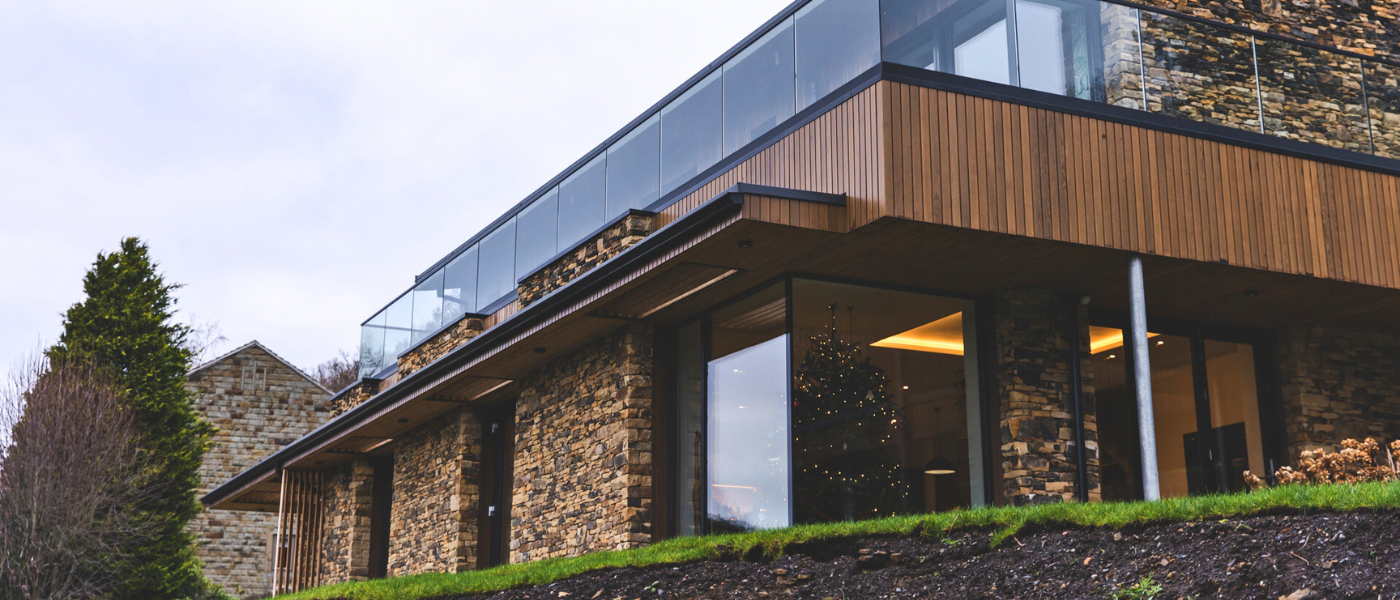Airtight Windows and Doors

You know, when you first start looking into low-energy buildings or something like a Passivhaus, the amount of technical detail can be a bit overwhelming. However, there's one principle that seems to recur again and again: airtightness. It’s fundamental to making a building that performs as it should. Without a continuous, airtight barrier, all that effort you put into insulation can be for nothing, because air leaks just bypass it all.
Many people assume that the walls and roof are the main problem areas, and they certainly can be, but one of the trickiest spots, and a potential weak point for air leakage, is where the walls meet the windows and doors. Tiny gaps can easily form there. It's a critical junction, and if it's not handled right, all the energy you're trying to save just slips away. That's why we’ve focused so much on getting that part right with our products.
The Airtightness Standard
When we talk about airtightness, we don’t just mean “it’s sealed pretty well.” There are specific, independent standards for this. We’ve found that the best grade you can aim for is Class 4, as defined by BS EN 12207. Honestly, it’s the most rigorous standard there is. For us, making sure our windows and doors meet this exact standard is a non-negotiable part of our design philosophy. It's a huge part of what makes a building genuinely low-energy. It’s why our triple-glazed windows are tested and certified to this level. It gives you, and us, a real sense of assurance. I suppose you could say it’s a commitment to not just telling you our products are great, but having the data to prove it.
Why We Prefer Compression
So, how do you achieve that kind of airtightness? We’ve explored various ways over the years, but one of the most effective and reliable methods is using a dual compression seal. Instead of just one seal, our windows and doors have two, which creates an airtight barrier in two separate locations. This is an important detail, I think, because it adds an extra layer of reliability. It’s a bit like a backup system, ensuring that the airtight seal holds up for a very long time.
You might also see something called a 'flipper' seal out there, which is a common alternative. I suppose they have their place, but we've always been more committed to compression seals (or gaskets) because of their durability. The design just seems to hold up better over the years. Compression seals are less likely to lose their shape or effectiveness, and that’s a small detail that makes a big difference in the long run. After all, what good is a window that’s airtight on day one but starts to leak a few years down the line?
A Design Choice
Now, here's a slight trade-off, something we had to consider. Using dual compression seals in our timber windows does mean the frames are a little bit wider than some alternatives. It's a necessity to ensure the seals are fully compressed and performing as they should. I know some people might not like a wider frame, but we’ve always felt that the increased durability and reliability of the airtight seal more than make up for it. The longevity of the building’s performance is what matters. And anyway, the wider frame is something you can work with. It's a common practice to ‘wrap’ the window frame with insulation, which effectively minimises the visual impact of the wider frame and integrates it seamlessly into the building’s thermal envelope. So, it's not a compromise as much as it is a design feature that can be managed.
In the end, it’s all about these small, considered choices that add up to a building that truly performs. If you're serious about creating a low-energy home that will stand the test of time, airtightness, especially at those crucial junctions, is a non-negotiable.
Ready to see how our windows and doors can contribute to your low-energy build? Get in touch with us to discuss your project and learn more about our options.








